The Probiotic “Health Dividend” (Part 1 of 2) by John Vance
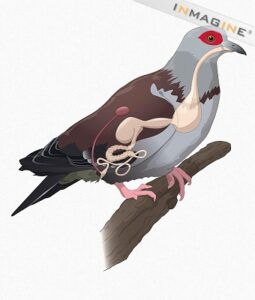 The digestive tract of a racing pigeon, is home to a number of microorganisms, including various types of protozoa, bacteria, and fungi (includes yeast). The normal relationship between these microorganisms and the host (racing pigeon) is symbiotic, meaning “the living together of dissimilar organisms”. Symbiotic relationships are classified as either commensal, mutualistic, or parasitic. A symbiotic relationship is commensal when one organism derives food or other benefits from another organism without hurting or helping it. A symbiotic relationship is mutualistic when both organisms derive a fitness benefit. Finally, a symbiotic relationship is parasitic when one member of the association benefits while the other is harmed.
The digestive tract of a racing pigeon, is home to a number of microorganisms, including various types of protozoa, bacteria, and fungi (includes yeast). The normal relationship between these microorganisms and the host (racing pigeon) is symbiotic, meaning “the living together of dissimilar organisms”. Symbiotic relationships are classified as either commensal, mutualistic, or parasitic. A symbiotic relationship is commensal when one organism derives food or other benefits from another organism without hurting or helping it. A symbiotic relationship is mutualistic when both organisms derive a fitness benefit. Finally, a symbiotic relationship is parasitic when one member of the association benefits while the other is harmed.
Concerning the symbiotic relationship which exist between our racing pigeons and the protozoa, bacteria, and fungi which reside within the birds, the normal relationship is either commensal or mutualistic, and the normal effect of these microorganisms (protozoa, bacteria, and fungi) on the host (the racing pigeon) is to provide important services which enhance the overall health of the bird’s ecology.
When populations of protozoa, bacteria, and fungi are in their proper numbers and relationships, they tend to inhibit and control one another, keeping the mix from becoming lop-sided and “pathological”. If one or another of these populations explodes, it may throw off this balance, resulting in one or more diseases for the host.
If we examine the bacterial populations of a healthy racing pigeon’s digestive tract, we will find that it contains approximately 80% “Friendly Bacteria” (beneficial strains) and 20% of what we often call “Bad Bacteria”. These so called “Bad Bacteria” are not bad when they are controlled, as they contribute in some functional way to the overall health of our birds. Normally, it is only when the populations of good bacteria fall below the 80% level, that the health of our birds begin to suffer from the presence of the so called “Bad Bacteria” strains.
The problem is really more complex than that, if the protections provided to the digestive tract by these colonies of “good bacteria” are diminished, then not only will the so called “Bad Bacteria” strains move to fill this niche, but also yeast, fungi and protozoa (like cocci and canker) will attempt to exploit the reduction of Good Bacteria colonies to further expand their populations, even becoming “pathogenic”.
If we were to cut out a section of the intestinal lining from one of our birds and lay it flat under a microscope, we would find that it is not a smooth surface. Rather, the intestinal lining would appear to be covered with mountains and valleys and the whole surface would appear to be heavily forested. The folds (mountains) increase the surface area of the intestinal lining by about 100% and the trees (forest canopy) increase the surface area by 1000% percent. Yes, that is right 1000%.
The trees of the forest, are called “villi” which are long columns of specialized tissues, extending up from the mountains and valleys of the intestinal lining, much like bristles on a hair brush. These specialized tissues serve many functions in the health and well being of our birds including nutrient absorption, pathogen identification and repulsion of pathogenic invasions.
Along the surface of the villi are specialized cell tissue which identify pathogens and send warning signals to the immune system when the presence of pathogenic invaders is detected. Another type of specialized cell tissue called “goblets”, elude secretions containing antibodies and immunoglobulins which inhibit pathogens from penetrating the epithelial lining of the digestive tract.
This whole system of epithelial cells, villi, specialized tissues and secretions is called the “mucosal barrier”. This barrier is the first line of defense against pathogens, by the intestinal lining. It is above the mucosal barrier that the so called “good” and “bad” bacteria grow and live. When these bacterial populations are in natural balance, they protect the “mucosal barrier” and aid in nutrient breakdown and absorption. These bacteria also produce certain organic acids, hydrogen peroxides, bacteriocins and other by-products that are antagonistic to pathogenic growth. Anything that disturbs the proper balance and distribution of the so called “good” and “bad” bacteria, also disturbs the natural protection that these bacteria provide to the mucosal barrier.
Article written by John Vance
The Leading Online Pigeon Racing and Racing Pigeons Magazine – The Pigeon Insider

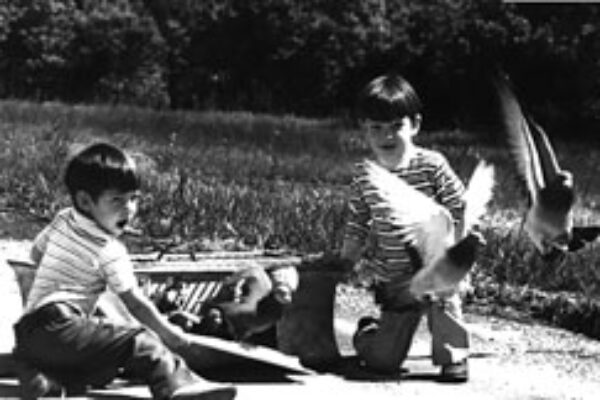
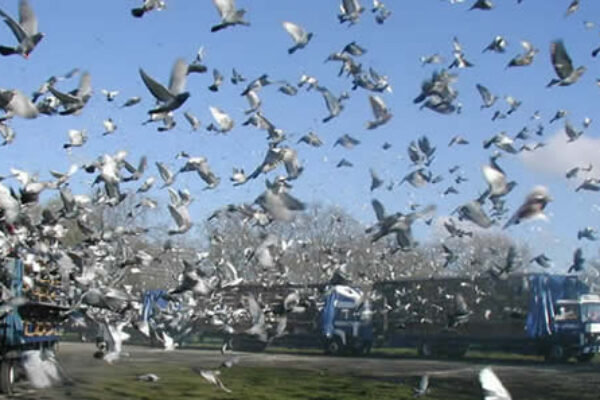
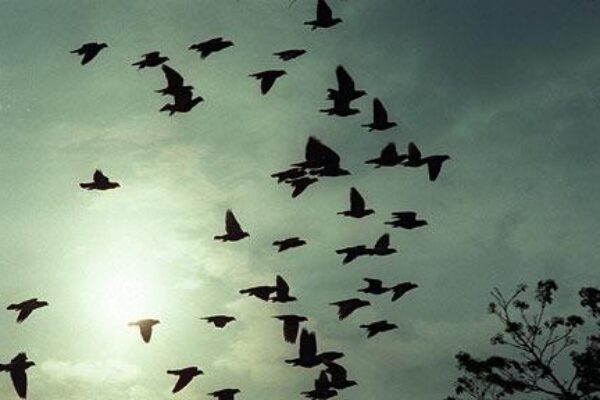
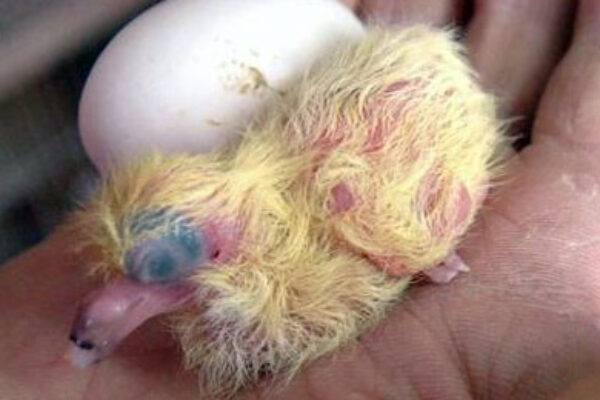
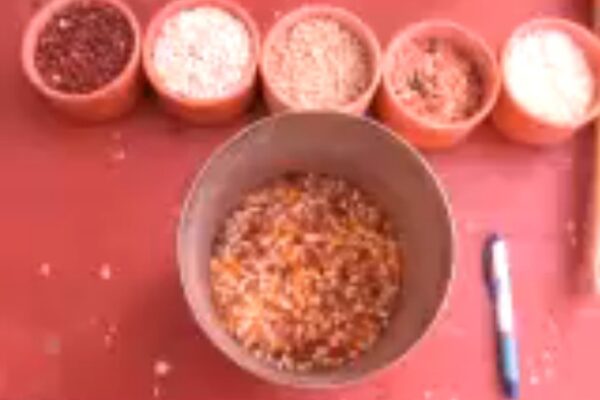
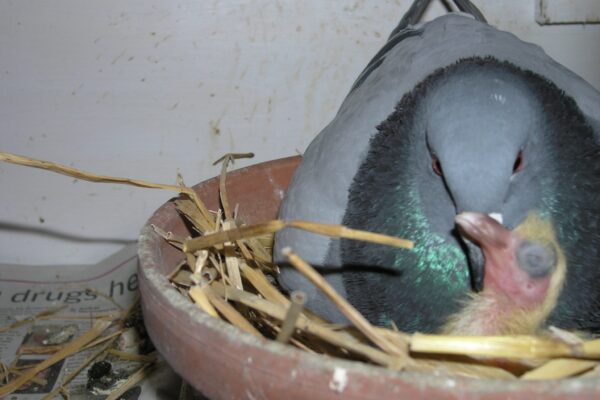


I understand the concept in humans and commercial animals such as cattle but I have not seen the concept being extrapolated to pigeons. Which “friendly” bacteria lives in a pigeon’s digestive system? and are the commercial probiotics aligned to the pigeons natural bacteria?
Dear Chris, by adding glycerol/ glycerine (Use pharmaceutical grade products only) to your birds’ drinking water for the full day during basketing day, you will dramatically increase the period of hyperhidration of your birds. Your birds will excell during hot weather and very long races.
The excess glycerol/glycerine will also serve as an energy reservoir as it is converted by the liver to glucose
Hi John good article iv’e used Primalac also Alltech acid pak these two i find very good Brad.
How often should Probiotics be given ? Great article
I really enjoy this (and all Pigeon Insider) articles.I have been using pro-biotics for years and have only had one sick bird. I was warned by the supplier not dose the food too much or it would throw off the balance you’re talking about. Lot’s of fanciers will think I’m weird but I don’t race my homers because I don’t want to vaccinate healthy birds. I have lots of fun with these amazing creatures without all that. Thanks again
This is a great analysis of understanding why probiotics are so important. I needed this to refresh my memory on the subject. Thanks for the better understanding of how the digestive system works in our birds. I have been waiting for this explanation for quite a while. It helps reenforce my own beliefs on this.
Your welcome, by John Vance – I wrote this article